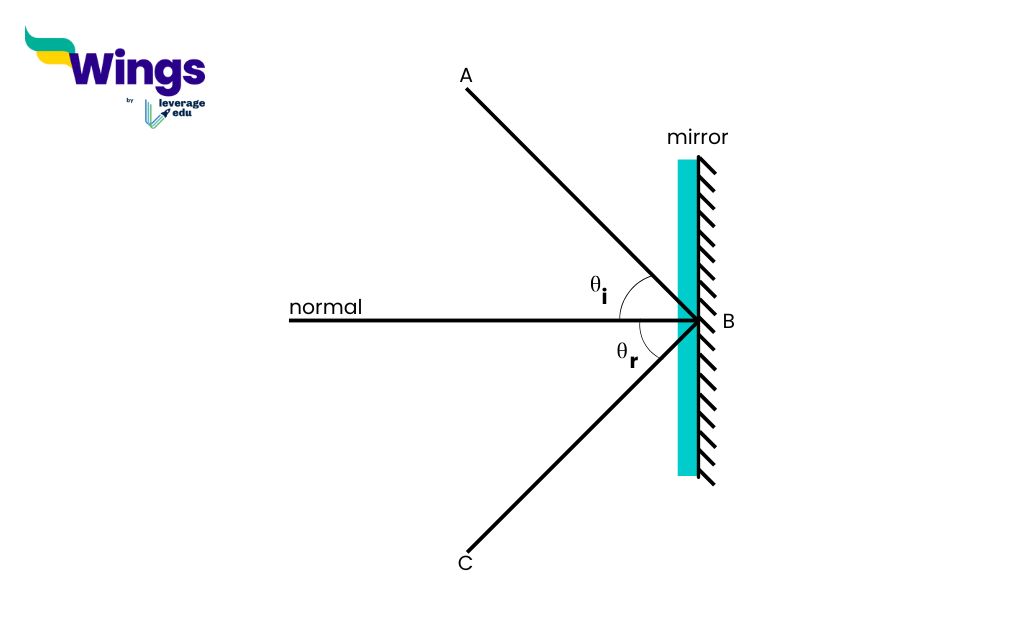Answer: Light is an essential phenomenon that helps us see the world around us. When light rays hit a surface, they may be absorbed, transmitted, or reflected. Reflection occurs when light bounces off a surface. The process of reflection follows specific rules known as the Laws of Reflection.
Complete Answer:
The Two Laws of Reflection
First Law of Reflection: The incident ray, the reflected ray, and the normal (an imaginary line perpendicular to the surface at the point of incidence) all lie in the same plane.
Second Law of Reflection: The angle of incidence is always equal to the angle of reflection.
Mathematically, if:
i is the angle of incidence (the angle between the incident ray and the normal)
r is the angle of reflection (the angle between the reflected ray and the normal)
Then, i = r.

Imagine a beam of light from a flashlight striking a smooth mirror. The light reflects at an angle exactly equal to its incidence angle, ensuring a clear reflection. This is why mirrors give perfect reflections when they have smooth surfaces.
Types of Reflection
Regular Reflection: Occurs on smooth, polished surfaces like mirrors. The reflected rays are parallel, forming a clear image.
Irregular (Diffuse) Reflection: Occurs on rough surfaces like paper or wood. The reflected rays scatter in different directions, preventing the formation of a clear image.
Common Doubts in Physics
 60,000+ students trusted us with their dreams. Take the first step today!
60,000+ students trusted us with their dreams. Take the first step today!


 One app for all your study abroad needs
One app for all your study abroad needs










